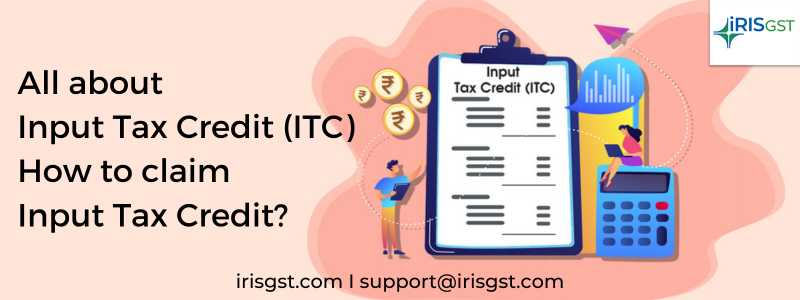
What is Input Tax Credit?
Input Tax Credit or ITC under GST is the credit back of the tax a registered GST taxpayer pays on inputs i.e. purchases. This tax he is liable to get back from the government.
For Example, A registered taxpayer has generated a sales invoice which has Rs. 500 as tax for the final product and collected the same from his final customer. Let us assume he has already paid a tax of Rs. 200 while purchasing the raw material. Now the supplier from whom he may have bought raw material will deposit Rs 200 to the government. Thus, this Rs 200 is the tax paid on the inputs which he can deduct from his liability on the final product. So, the taxpayer needs to pay tax only of Rs. 300 (i.e.Rs. 500 – 200).
Who is eligible for Input Tax Credit (ITC)?
As per Sec.16 of CGST Act, 2017, every registered taxpayer can avail input tax credit (ITC) under GST if he fulfils the criteria.
NOTE: It is possible to have unclaimed input credit due to tax on purchases being higher than tax on sale. In such a case, the taxpayer is allowed to carry forward/claim a refund. The government does NOT pay interest on input tax balance. Read on to find out how to claim ITC
Key Rules and Conditions governing ITC Computation and Reporting
Here is a quick recap of the key rules and conditions governing ITC computation and reporting:
- Taxpayer should be in possession of the tax invoice or debit note or relevant tax-paying documents.
- He should have received the goods and services.
- Payment of such tax is made to the government by the vendor.
- Taxpayer has furnished return under section 39 i.e. GSTR-3B.
- Payment of invoice to the supplier should be done within 180 days from the date of issue of invoice.
- No ITC will be allowed if depreciation has been claimed on tax component of capital goods.
- There is a time limit for claiming ITC which is earlier of Return filing due date of September. This time the date has been extended to 30th November. (Refer the list here: Important Checklist to consider before filing September GST Returns) of next financial year OR the Actual annual return filing for current financial year.
- Where the goods or services both are used partly for business and non-business purposes, credit attributable to business purposes only can be claimed as ITC.
- Where the goods or services are used for taxable including zero-rated and also for exempt supplies, in such cases credit attributable to taxable supplies including zero-rated supplies only can be claimed
Refer here for Cases where Input Tax Credit (ITC) cannot be claimed.
Rule 36 of CGST Rules 2017
In Rule 36 of CGST rule of 2017, documents requirements and conditions for ITC claim are provided. As per rule, the ITC availed by a registered person and ITC availed by an Input Service Distributor is on the basis of any of the following documents, namely,
- an invoice issued by the supplier of goods or services or both in accordance with the provision of section 31;
- an invoice issued in accordance with the provisions of clause (f) of sub-section (3) of section 31, subject to the payment of tax (i.e.in situations where the reverse charge is applicable);
- a debit note issued by a supplier in accordance with the provisions of section 34;
- a bill of entry or any similar document prescribed under the Customs Act, 1962 or rules made there-under for the assessment of integrated tax on imports;
- an Input Service Distributor invoice or Input Service Distributor credit note or any document issued by an Input Service Distributor in accordance with the provisions of sub-rule (1) of rule 54.
ITC claim is not allowed on tax paid in accordance with any order where any demand has been confirmed on account of any fraud, willful misstatement, or suppression of facts.
Input Tax Credit (ITC) on Reverse Charge
Unlike forwarding charge transactions, where the tax liability has to be settled by the vendor for the recipient to claim it as Input Tax Credit (ITC), in the case of reverse charge mechanism it is the recipient who deposits the tax and then claims it as Input Tax Credit (ITC).
While for computing the eligible Input Tax Credit (ITC), the conditions stated above are still applicable. Hence, not the entire amount paid as tax liability can be available to be claimed.
Reversal of Input Tax Credit (ITC)
As the name suggests, there are cases where the Input Tax Credit (ITC) claimed earlier needs to be reversed on the happening of certain events. The reversal could be on account of excess credit claimed earlier or events such as the use of capital goods for other than business purpose, goods subsequently lost or given away as free samples etc. Along with reversal some of these items could attract interest as well.
From a reporting perspective, a reversal of Input Tax Credit (ITC) actually implies that the amount is added to the taxpayer’s output tax liability. Almost all the cases of Input Tax Credit (ITC) reversal pertain to internal documentation and processes of the taxpayer and cannot be ascertained only on the basis of the GSTR 2A data.
Hence, to streamline the reversal process, appropriate checks and balances should be provided in the accounting systems. Some such checks can be highlighting events or setting up alerts in the system for events that need further action for Input Tax Credit (ITC) computation and reversal.
How to claim ITC? – Availing of maximum ITC
The ultimate objective of every taxpayer is to avail ITC to the maximum extent following all the conditions and rules of GST law. The success of this goal depends on the internal practices and tools used and some external factors such as vendor compliance. Read the following steps to learn how to claim ITC and understand how to maximize it…
1. Defining Internal Processes and Controls:
ITC computation not only needs data from the GST system i.e. GSTR2A but also additional information which is available in the accounting or ERP systems. Hence, there are various steps and events that taxpayers need to track internally which can help timely and correct computation of ITC. This includes identifying checkpoints like receipt of goods and/or receipt of the last lot of goods and timely documenting the same.
A proper Product and Service Master maintained at the accounting level can help to identify Negative List of Goods and Services for ITC claim. Likewise, capturing invoice level data about other additional information such as type of goods – input/capital, the purpose of the transaction – business, non-business etc. or mechanism to identify events related to the reversal of ITC can help minimize future complications. Automation of data entry can also help in minimizing errors
2. Robust GST Reconciliation:
For the Government, the data reported by vendors is the basis of monitoring ITC claims by the recipient. Hence, it becomes quintessential to compare and match the internal (procurement receipts) and external versions (GSTR-2A download from the GST system) of the same data. This is what GST Reconciliation is all about.
Combining the reconciliation results and the additional information from internal systems, taxpayers can get rich insights and action plans for maximizing their ITC. While the matched invoices are a clear indication of ITC being available, the mismatch and missing invoices need to be analyzed further to see if there is any scope to convert these into claimable ITC.
3. Comprehensive Reports
After reconciliation, the next thing required is a neat and meaningful compilation of the results to deep dive into the transactions that need attention. Deriving insights and reports from GST reconciliation results to analyze the same data from different perspectives is the pressing need, so as to achieve the goal of maximizing ITC. Also, given that a business entity could have many GST registrations, getting a group-level view with an option to drill down to the GSTIN level is a desirable option to have. With reconciliation, taxpayers are better equipped to identify the ITC available with certainty. It also helps to keep note of invoices that need further action such as follow-up with vendors or are claimed provisionally so that double claims in future can be avoided etc.
4. Keeping a check on Vendor Compliance:
With the Government tightening its norms around GST fraud, non-compliance by your vendors negatively affects your ITC claims. For all your vendors in the purchaser register, you need to know whether the returns GSTR 1 and GSTR-3B have been filed. Not only filing status, but filing frequency of GSTR 1 also should be known.
The advent of GSTR 2B
The government has been releasing regular advisories and making available the invoices uploaded by vendors, almost on a real-time basis through GSTR 2A. Further, with technological advancements such as E-invoicing, the GST returns and auto-drafted statements are now updated to include more information such as the IRN (Invoice Registration Number), the filing status of vendors and much more.
Additionally, the Government introduced GSTR 2B in July 2020.
GSTR 2B is a static auto-drafted statement. Unlike GSTR 2A which gets updated as and when any invoice is uploaded by the vendor, GSTR 2B is a static statement that gets generated only after the return filing due date for GSTR1/IFF. GSTR 2B consists of invoices of only those vendors who have filed their returns, which makes it different from GSTR 2A, where invoices appear as soon as invoices are saved by the vendors.
To understand the impact of GSTR 2A and GSTR 2B on reconciliation and ITC computation, read this detailed ebook: A complete guide to ITC maximization using GSTR 2A and 2B
******
ITC Claim can be easier than you think, courtesy to IRIS Sapphire, the preferred GST solution of top organizations across the country. Built with advanced algorithms and fuzzy logic, IRIS Sapphire helps you reconcile your purchase data with government records, with no-hassles guaranteed. It swiftly scans through your purchase and the suppliers’ sales data and points out the discrepancies. Furthermore, its smart assistance can help you to rectify the discrepancies (if any), on the go.
IRIS Sapphire Reconciliation has been built considering the requirements of various industries such as manufacturing, pharmaceuticals, automobiles, etc., and has market-tested logics to reconcile the buyer-supplier data across various parameters to reduce manual intervention.
To know more about IRIS Sapphire Reconciliation, visit IRIS Sapphire – Reconciliation
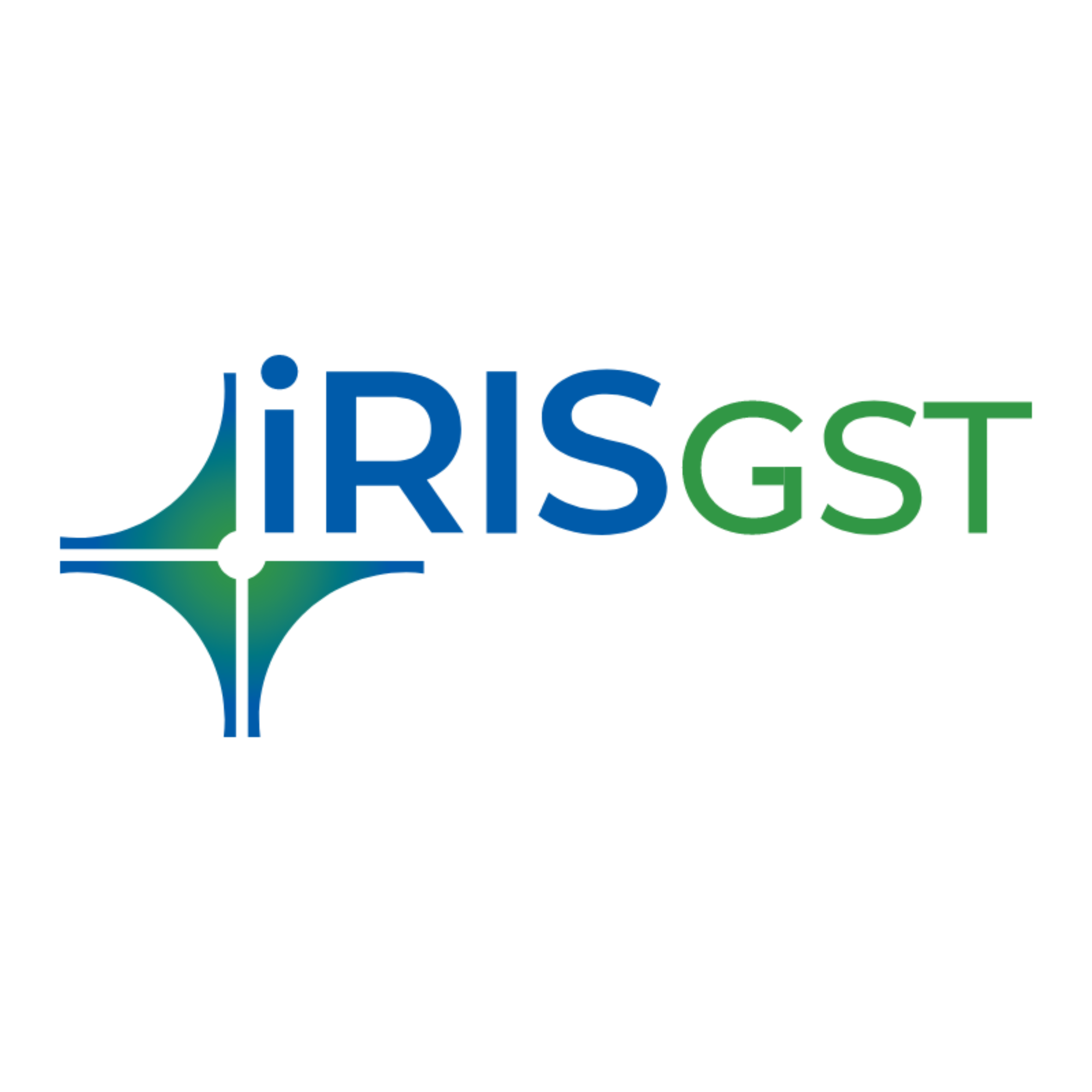
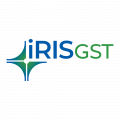
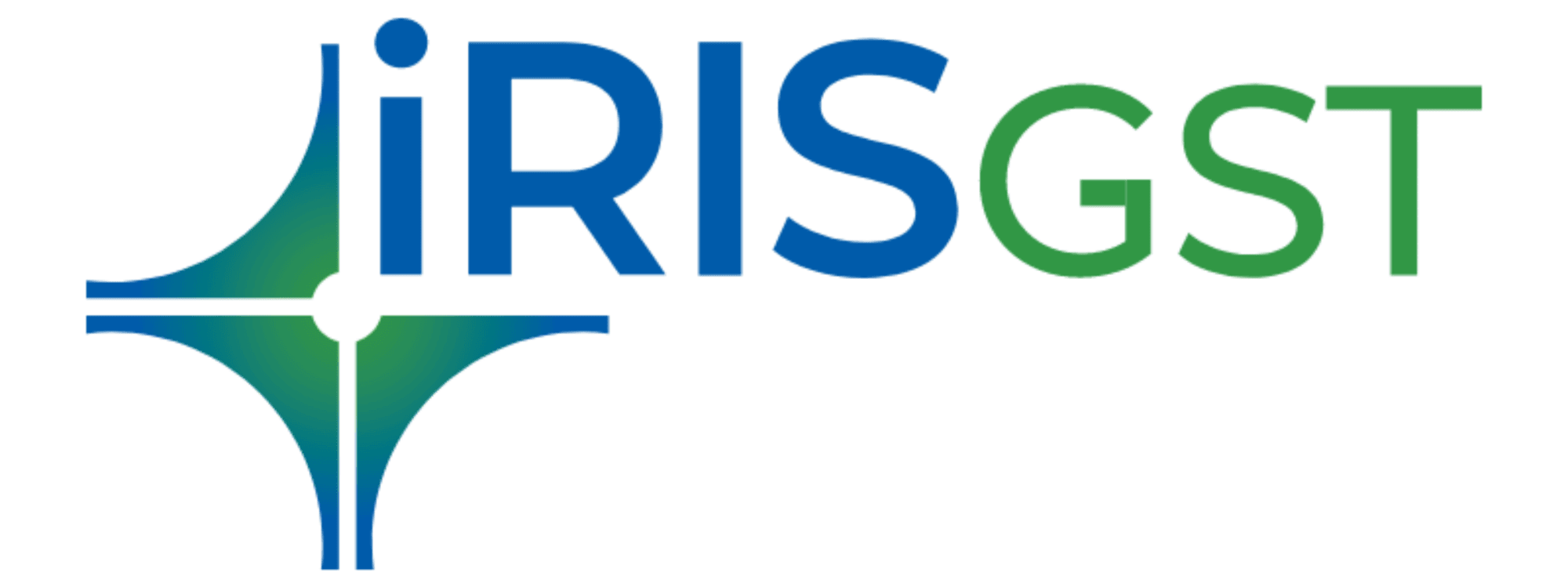



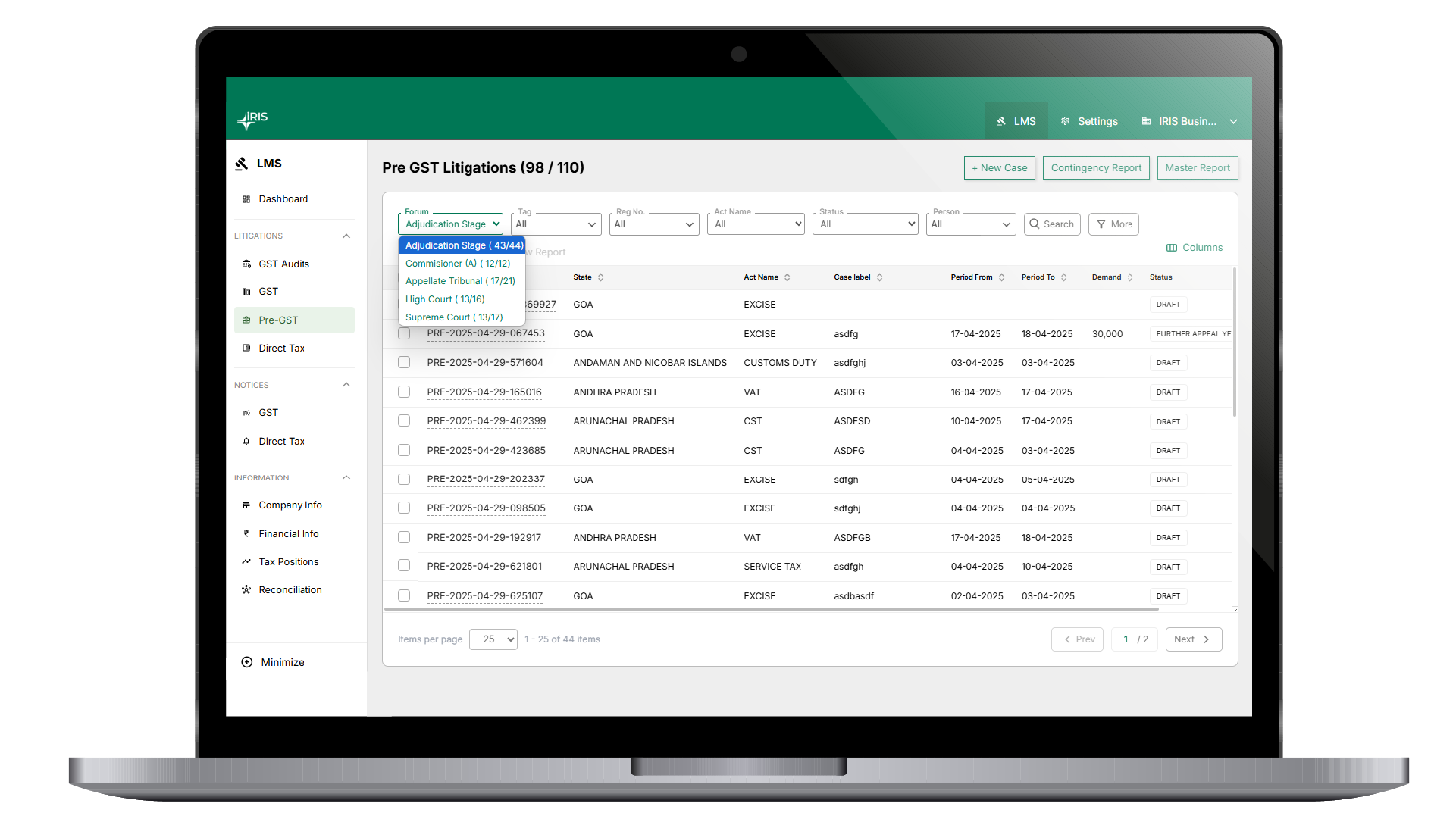
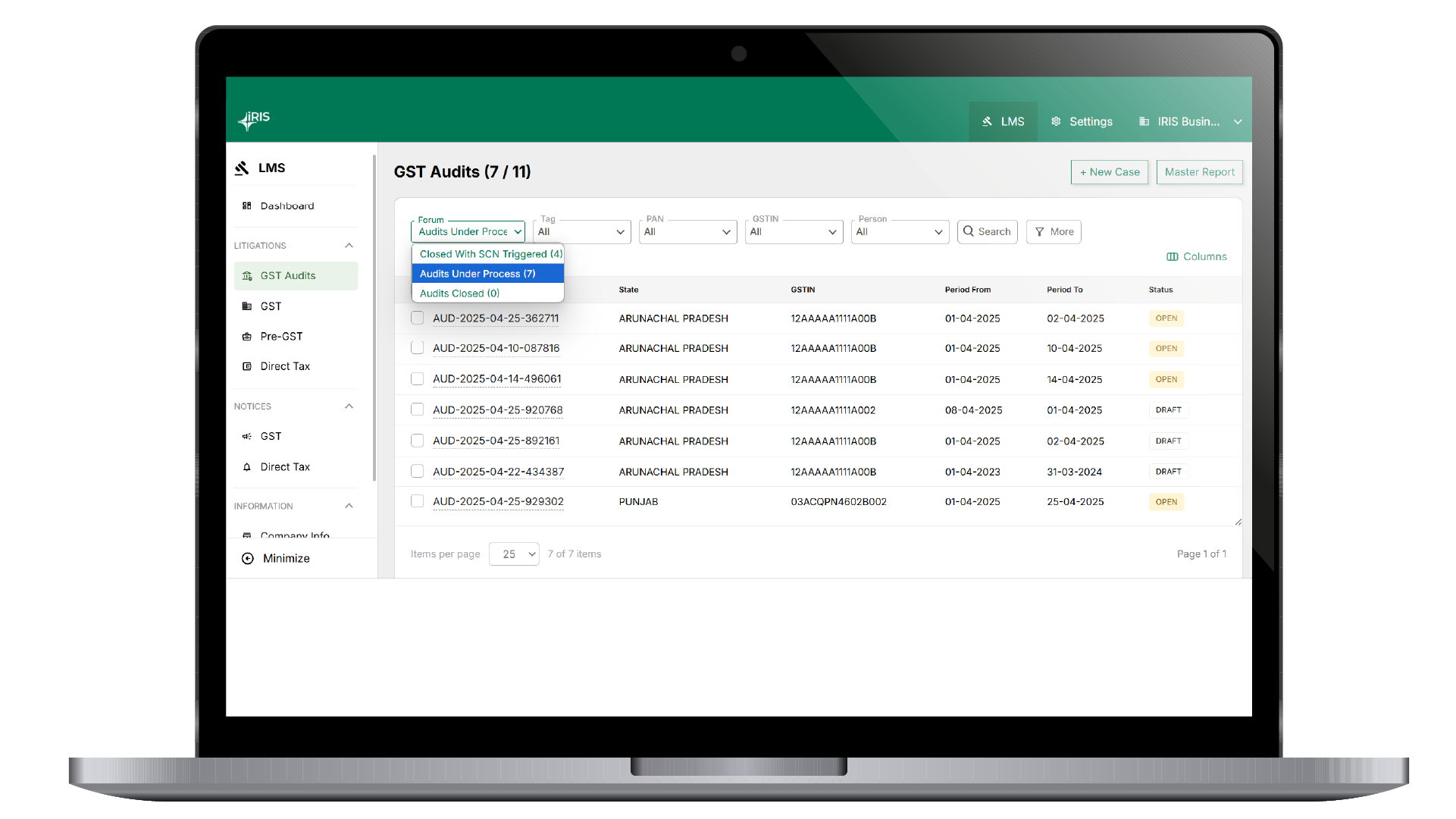
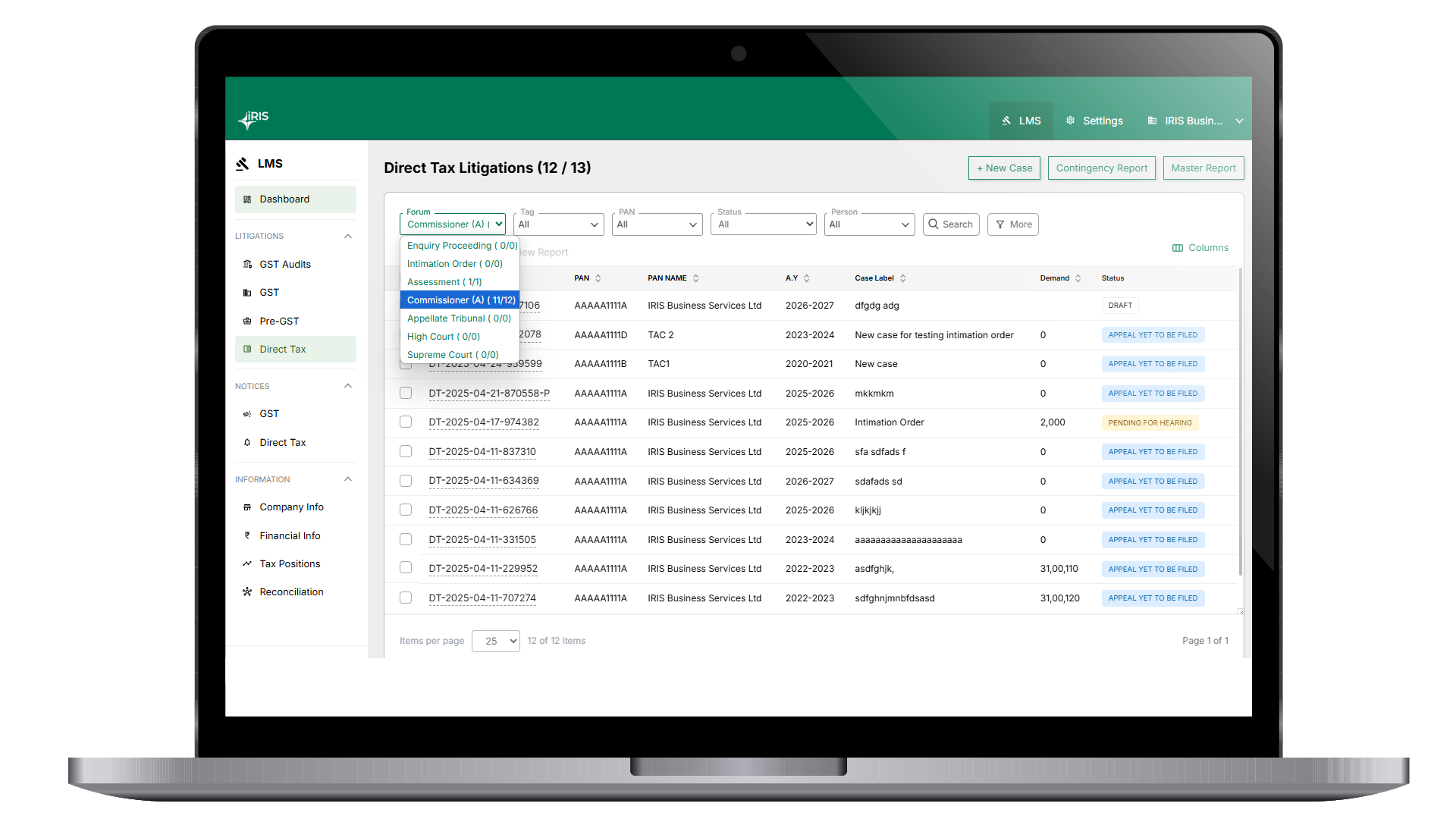
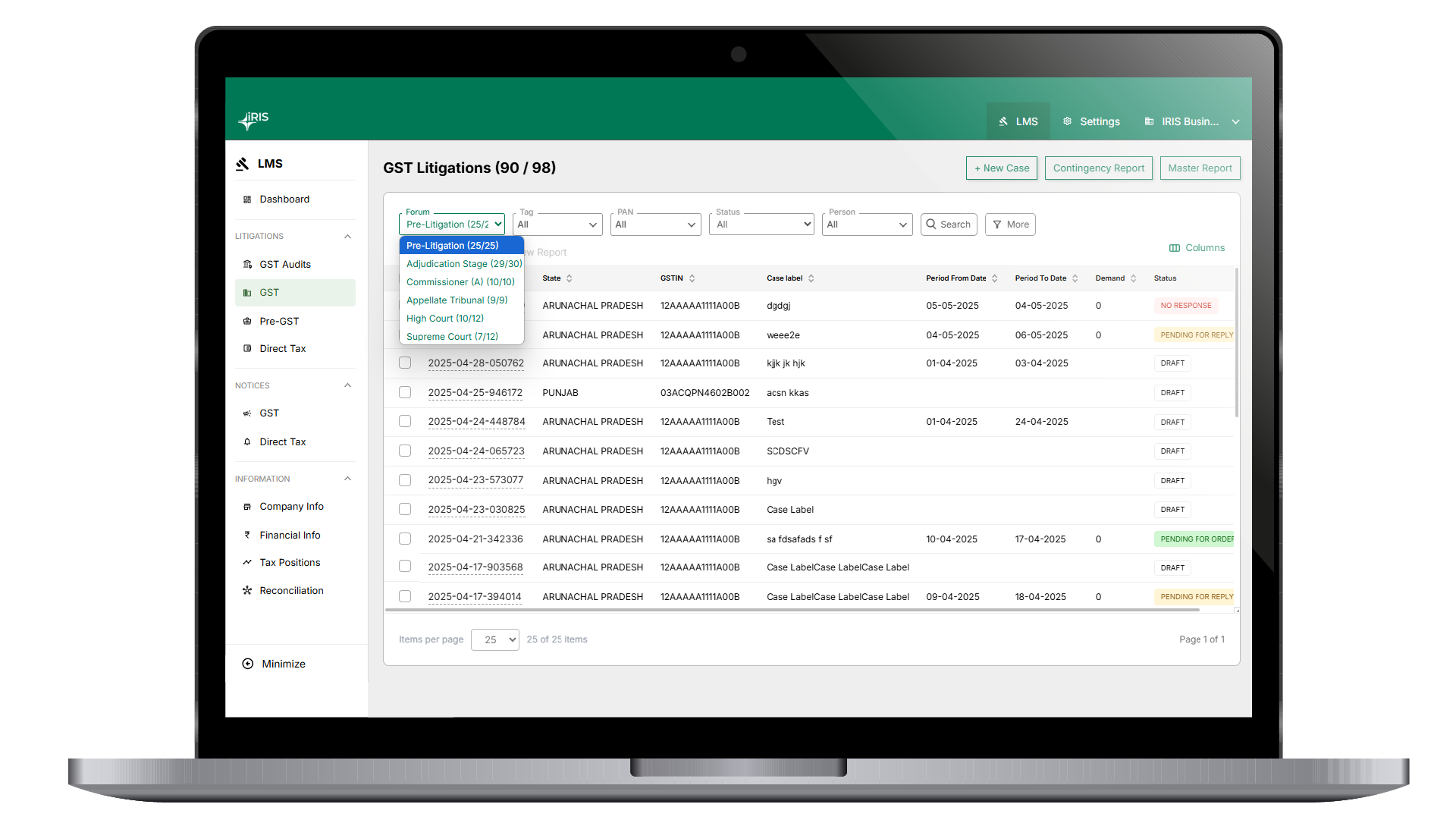
















































































































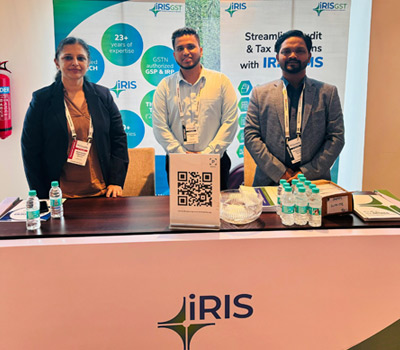


















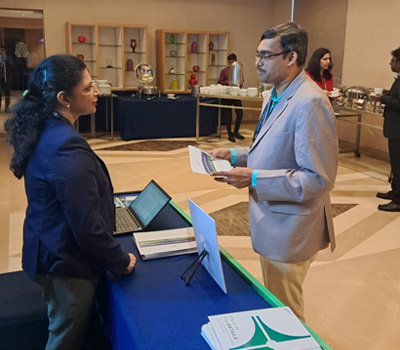
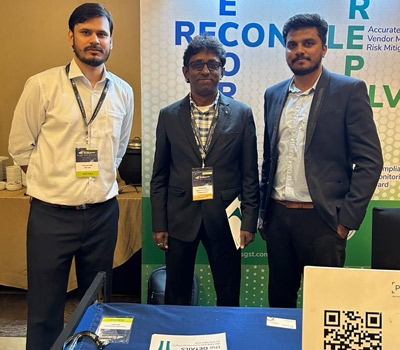
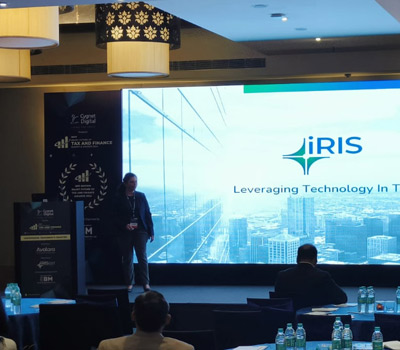
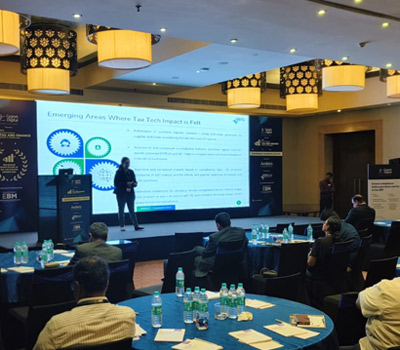


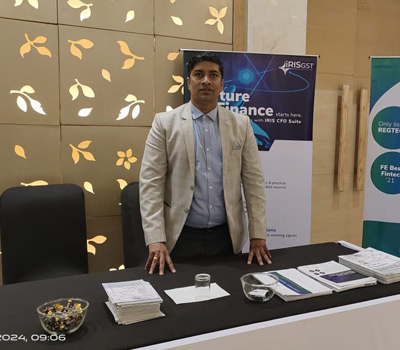
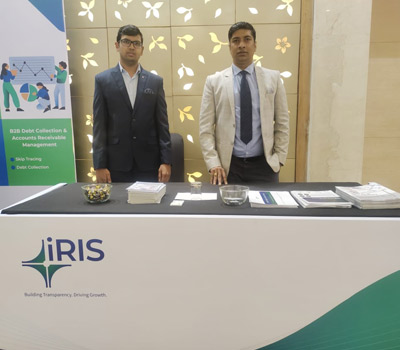




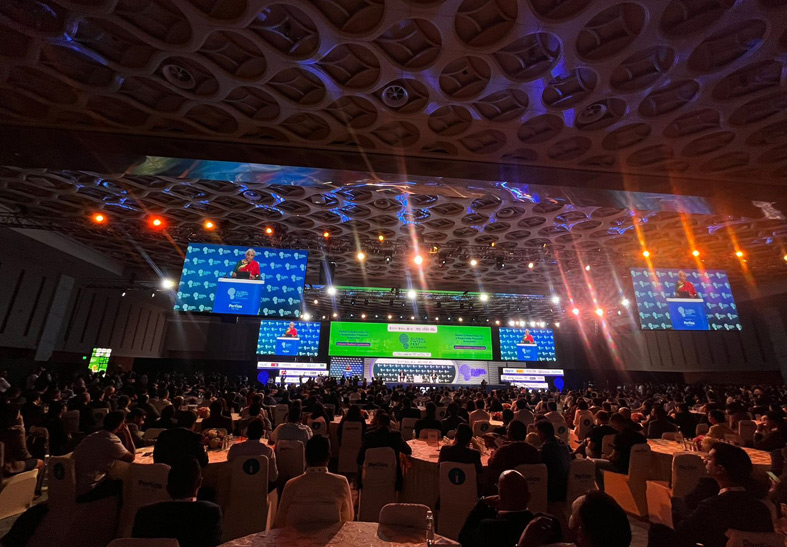
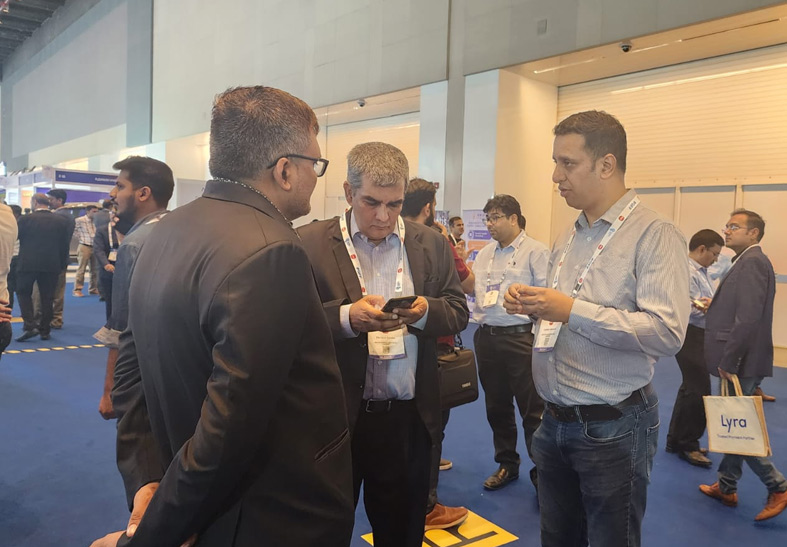
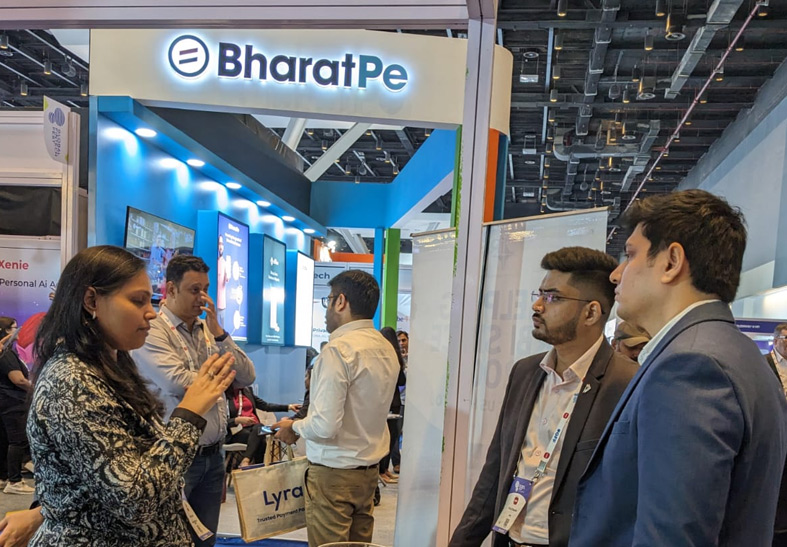
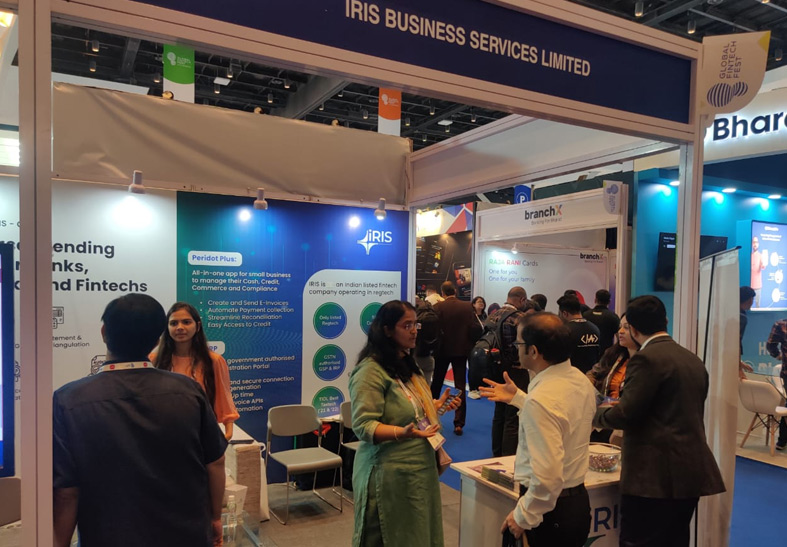
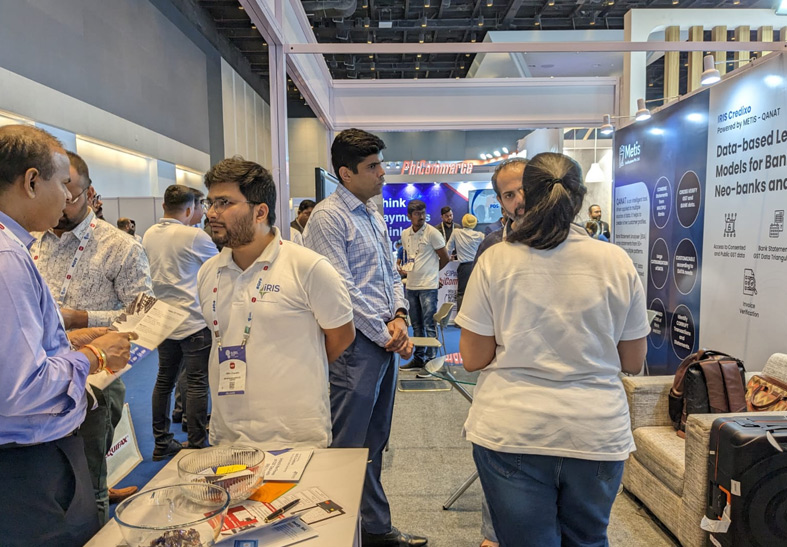
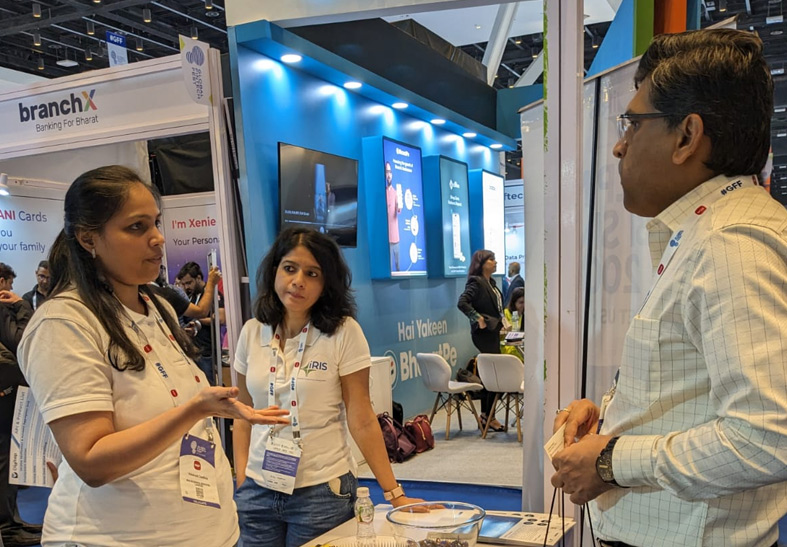
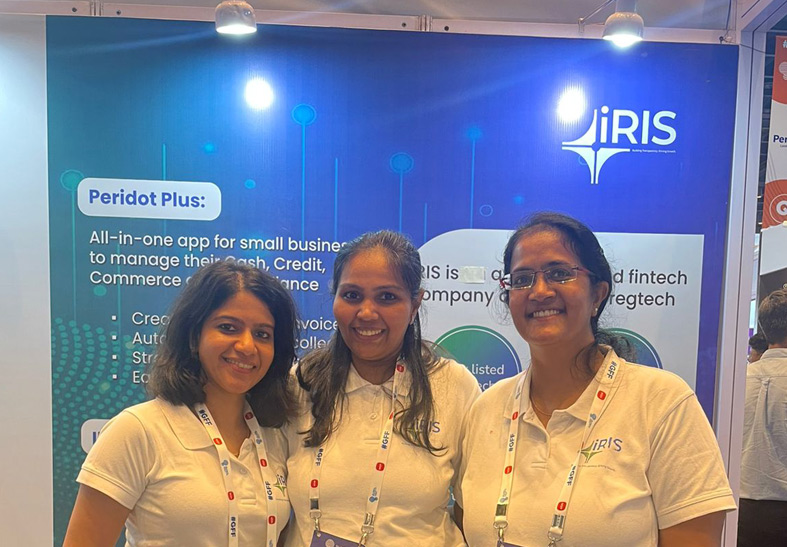
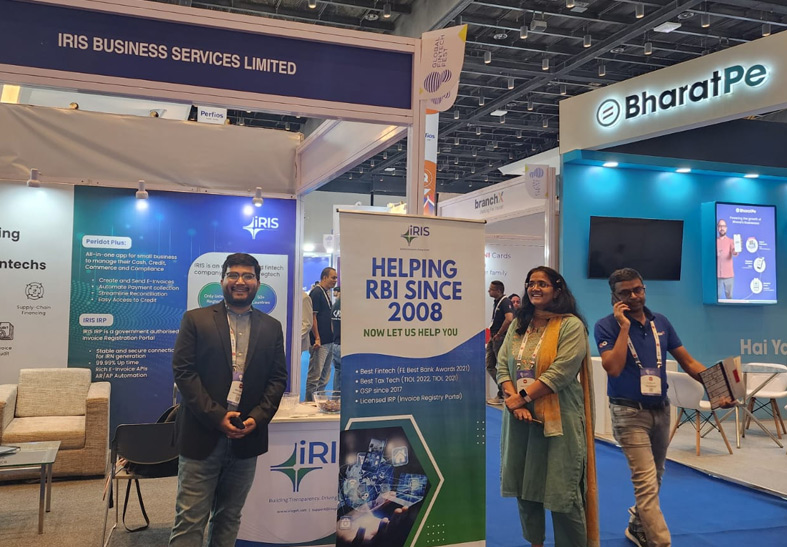















































































Good information about GST